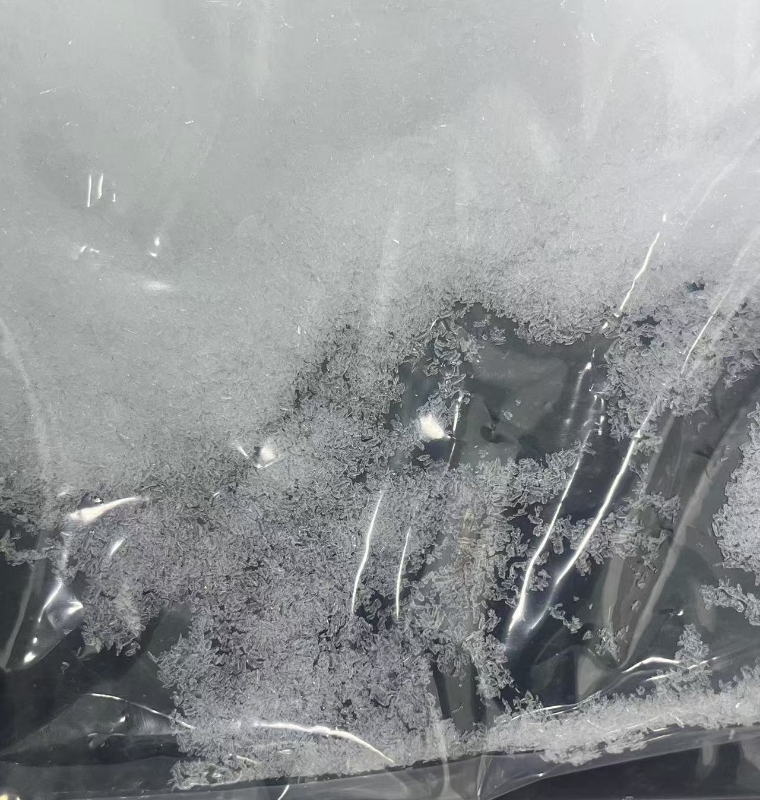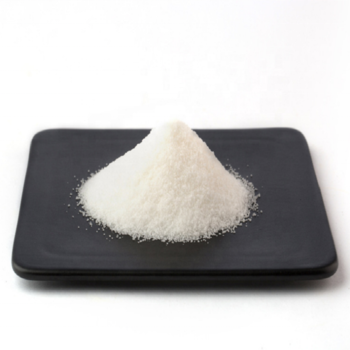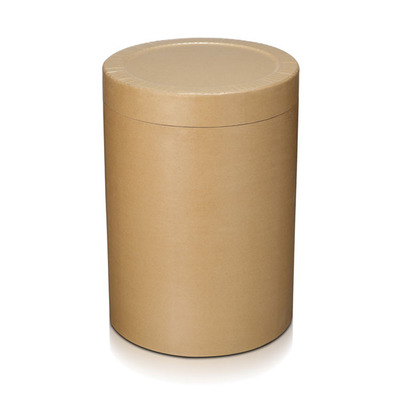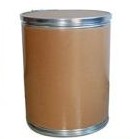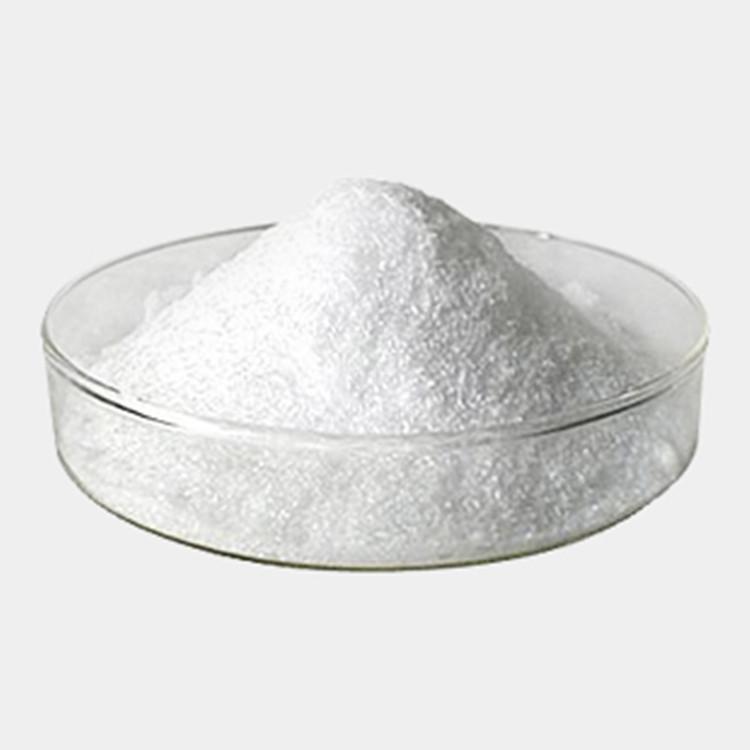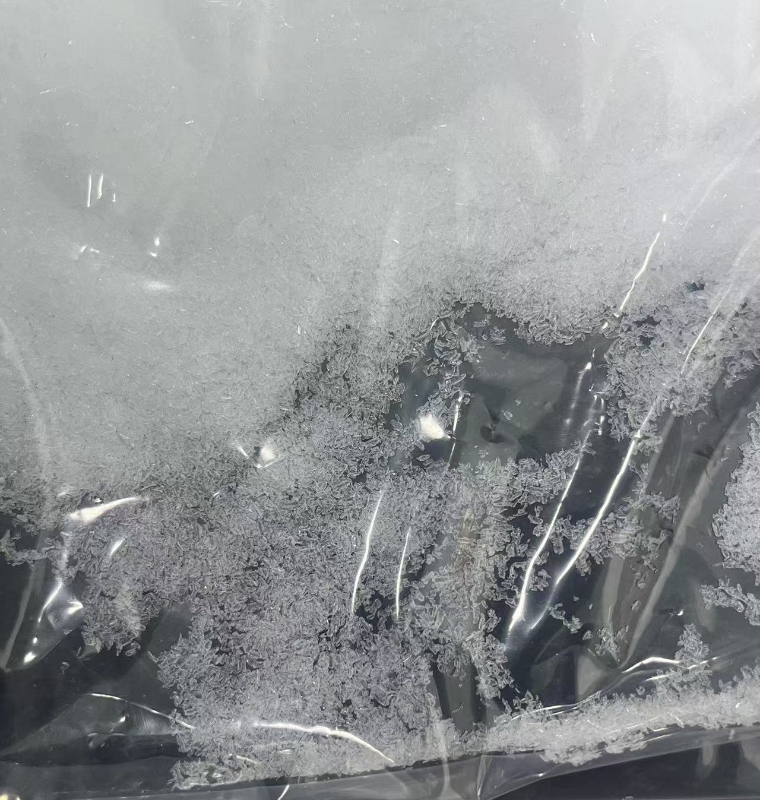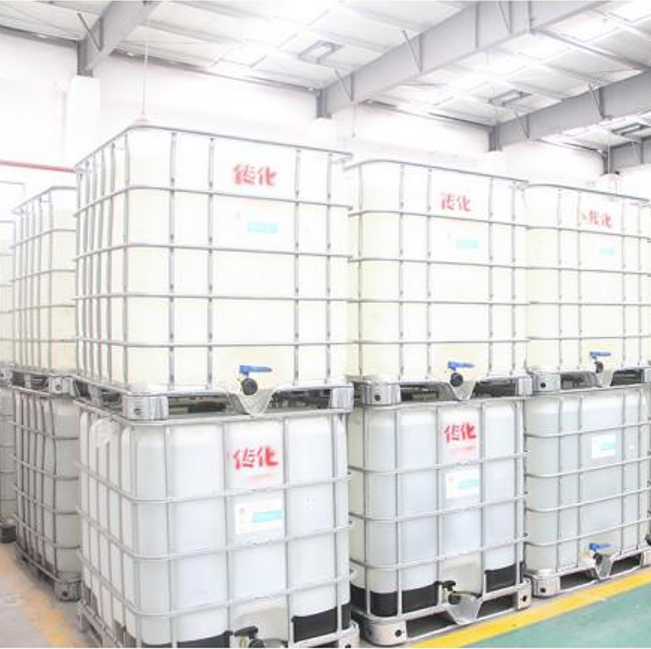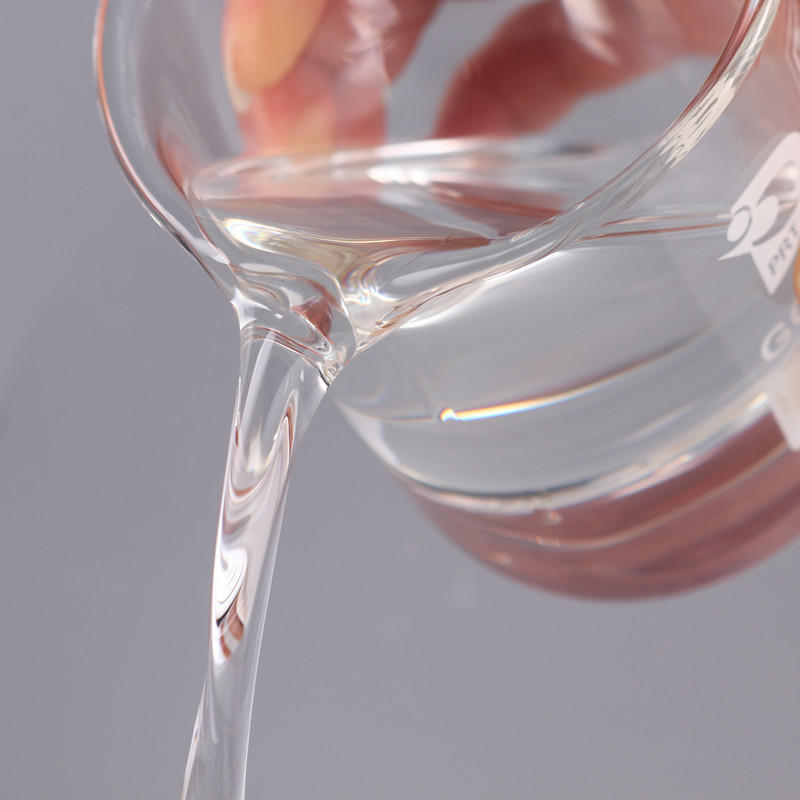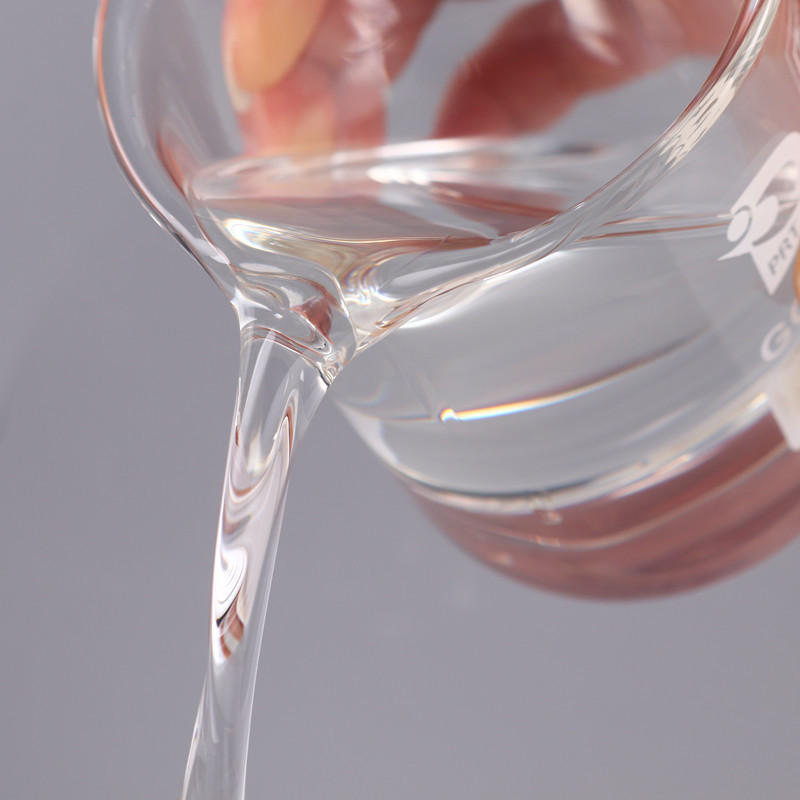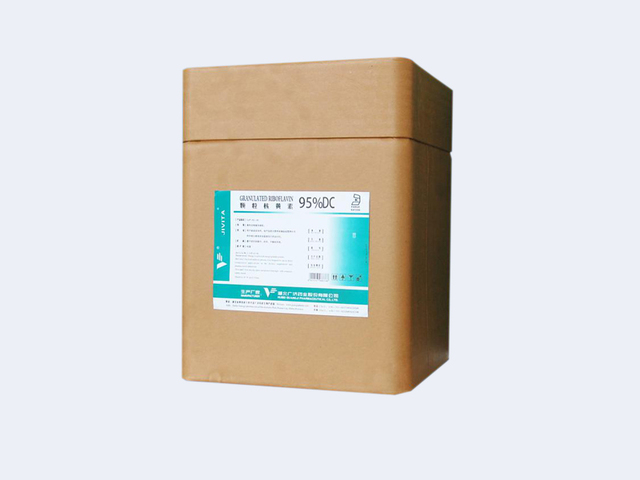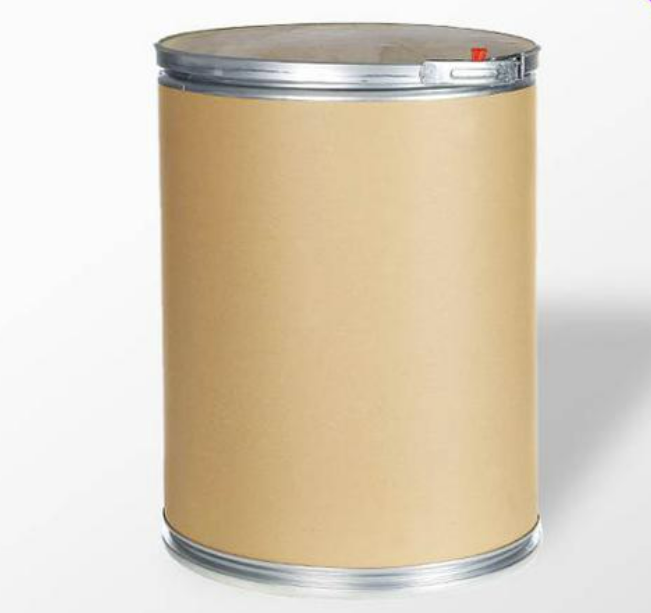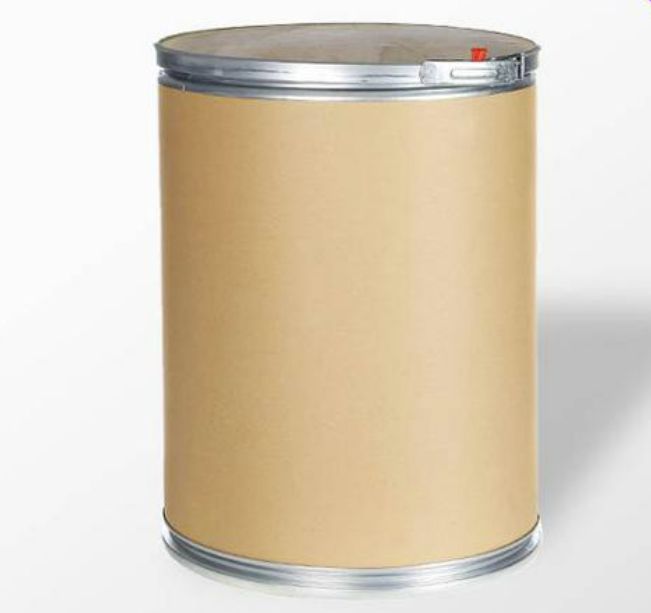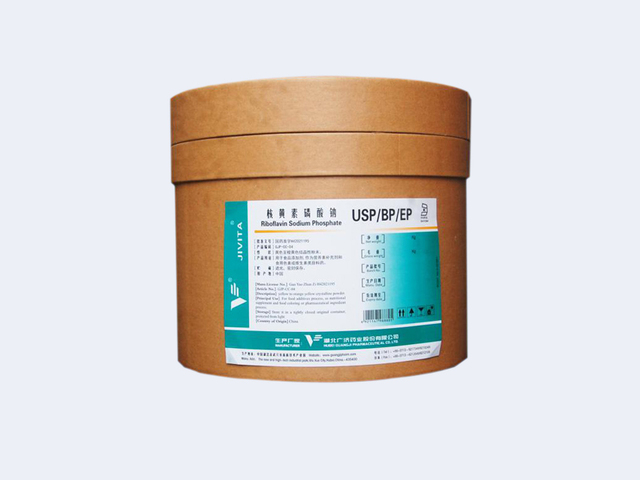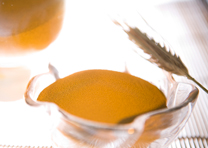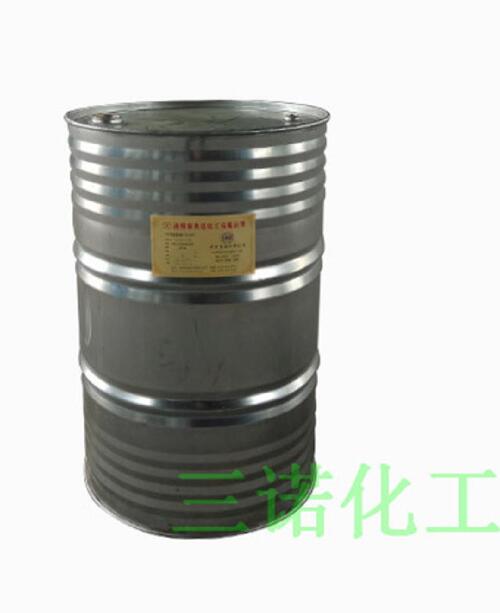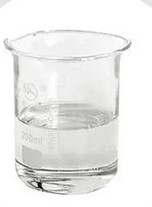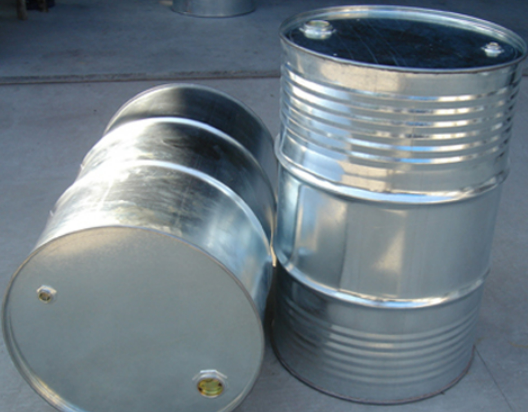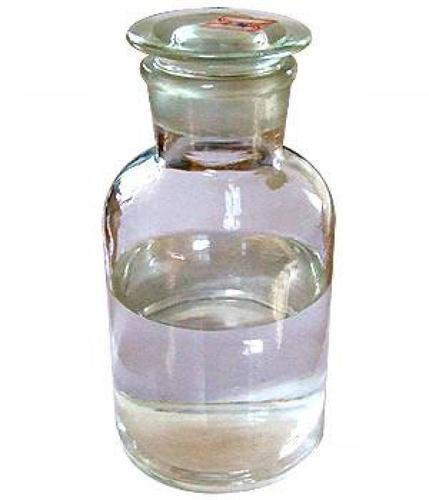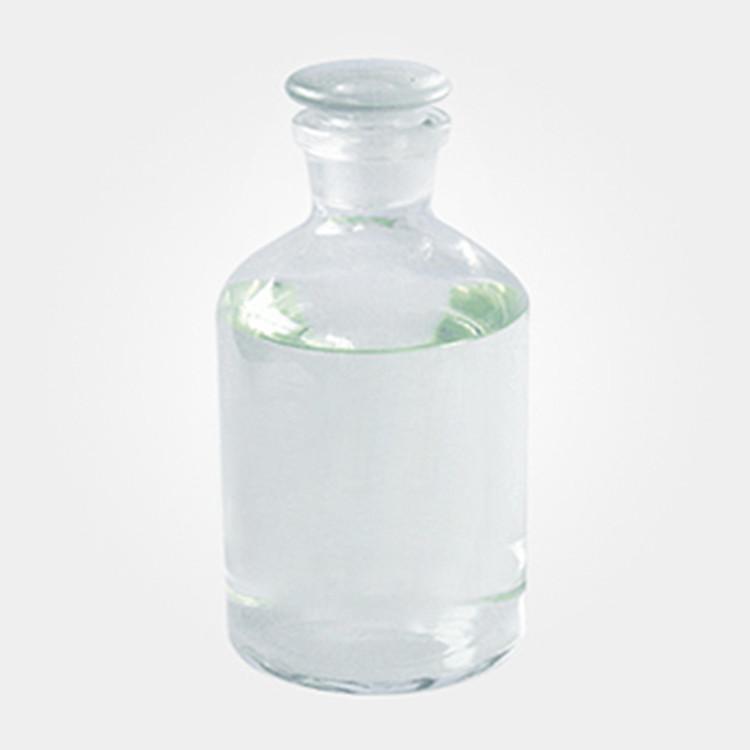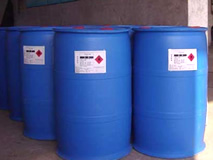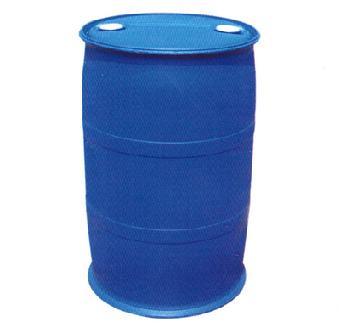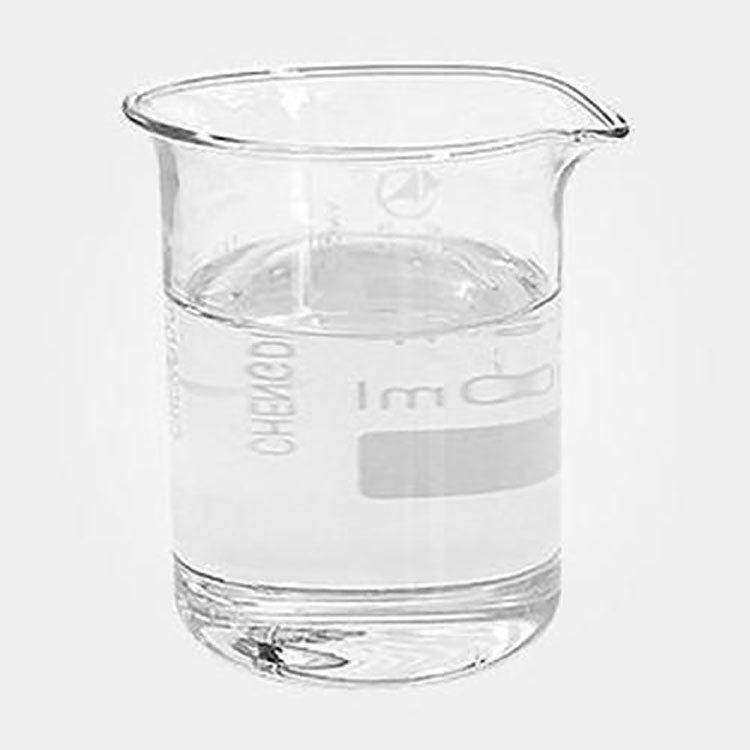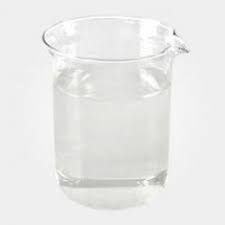Cosmetics
Find
902
related chemicals for you
CAS:7048-04-6
Molecular Formula:C3H10ClNO3S
Alias
More Information
Cysteine Hydrochloride; L-Cysteine Monohydrate Hydrochloride; Trans-(1R,2S)-2-Aminocyclopentanol Hydrochloride; D,L-Cysteine Hydrochloride Monohydrate; D,L-Cis-2-Aminocyclopentanol-Hydrochlorid; L-Cysteine Hcl Monohydrate; L-(+)-Cysteine Hydrochloride Hydrate; (1R,2S)-2-Aminocyclopentan-1-Ol Hydrochloride; (1R,2S)-Cis-2-Aminocyclopentanol Hydrochloride; L-Cysteinehydrochloridemonohydrate; L-Cysteine Monohydrochloride Monohydrate; (R)-Cysteine Hydrochloride Monohydrate; (+-)-Cis-2-Amino-Cyclopentanol,Hydrochloride
Brief Introduction
Cysteine hydrochloride is soluble in water and can be quickly absorbed by human body when it is made into injection or tablet. It is the main raw material for the production of carboxymethyl cysteine and acetylcysteine; It is bread improver; Nutritional supplements, antioxidants, color protectants. It has the function of detoxification, prevention of radiation injury, treatment of tracheitis and expectoration.
Suppliers
View More Vendors (6) >
CAS:8042-47-5
Alias
More Information
Mineral Oil; Paraffin Oil; Liquid Petrolatum; Petrolatum Liquid; Blank Sulfur Oil Standard In Base Oil, For Diesel Fuel Analysis; Mineral Oil Suitable For Preparation Of Nujol Mulls For Infrared Spectroscopy, Light Oil; B-Lufa Lc Eluent; C-Lufa Buffer Lc Eluent; Parol 70; White oil; USP White OIL
Brief Introduction
Mineral oil refers to the base oil extracted from petroleum using physical distillation method called mineral oil, white mineral oil, usually refers to white mineral oil. It is a special deep-refined mineral oil, so white mineral oil is colorless, tasteless, chemically inert, and has good light stability. Its basic composition is a saturated hydrocarbon structure, and aromatic hydrocarbons, nitrogen, oxygen, sulfur and other substances are close to zero. Has good oxidation stability and chemical stability.
Suppliers
View More Vendors (6) >
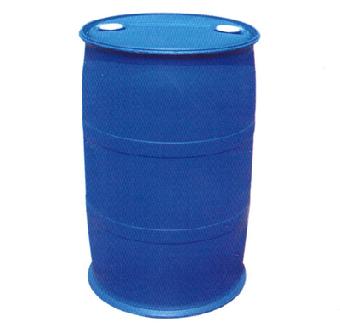
Kinematic viscosity 6.12-7.48 mm2/s(40℃)
/
Tech Grade
200kg
/
Plastic Drum
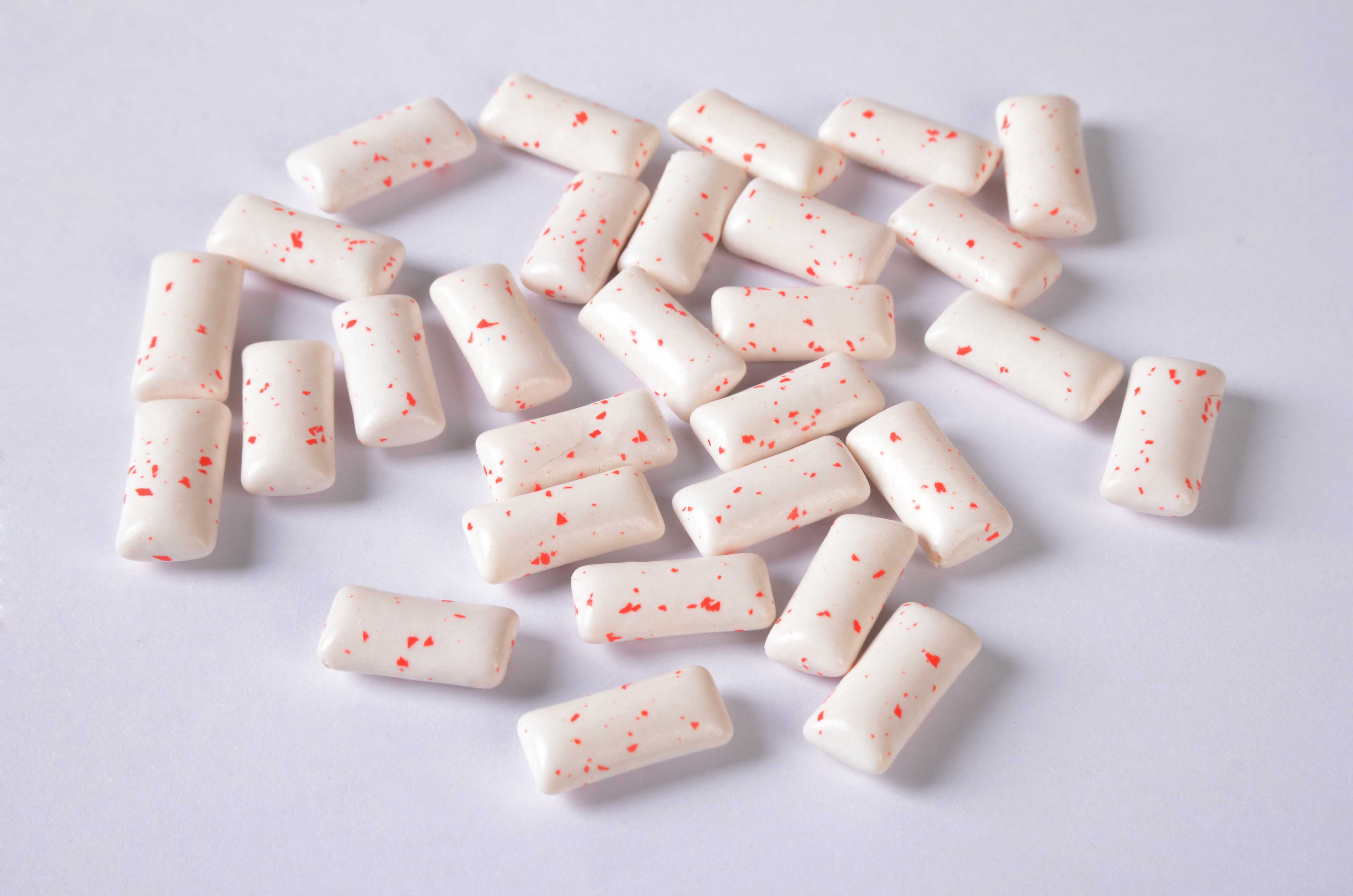
Actual active ingredient content: 100%
/
Food Grade
20kg
/
Plastic Drum
CAS:83-88-5
Molecular Formula:C17H20N4O6
Alias
More Information
Riboflavin; Vitamin B2; Riboflavine; Lactoflavin
Brief Introduction
Riboflavin is mainly used as medicine, food additive and feed additive. In medicine, riboflavin is used as compound vitamin or vitamin B2 preparation, and as yellow colorant of sugar coated tablets and capsules. When it is used as food additive, it can strengthen nutrition on the one hand, and it can also be used as yellow colorant on the other hand.
Suppliers
View More Vendors (6) >
CAS:111-87-5
Molecular Formula:C8H18O
Alias
More Information
Alcohol C-8; Capryl Alcohol; Caprylic Alcohol; Heptyl Carbinol; N-Capryl Alcohol; N-Octyl Alcohol; Octyl Alcohol
Brief Introduction
It can be used in the peach, pineapple, coconut, chocolate, citrus and Guo Xiangji flavors in the form of rose, jasmine, Syringa, tofu pudding, honey, orange blossom, citrus, Radix Pincus, Cologne, pine needles, etc.
Suppliers
View More Vendors (6) >
CAS:123-51-3
Molecular Formula:C5H12O
Alias
More Information
3-Methyl-1-Butanol; Isoamylol; 2-Methyl-4-Butanol; Isopentyl 3-Methyl-2-Butenoate; 3-Methylbutyl Alcohol; Isopentyl Alcohol; 3-Methyl-Crotonsaeure-Isopentylester; 1-Butanol, 3-Methyl-; Isobutylcarbinol; 3-Methyl-Crotonic Acid Isopentyl Ester; Isoamyl Senecioate; 3-Methyl-1-Butyl 3-Methyl-2-Butenoate; 3-Methyl-Butan-1-Ol; I-Pentyl Alcohol; Isopentanol; 3-Methyl-Butanol; 3-Methyl-1-Butano; 3-Methylbutanoi; 3-Metil-Butanolo; Alcool Amilico; Alcool Isoamylique; Alcoolamilico; Alcoolisoamylique
Brief Introduction
Isoamyl alcohol is one of the aroma components of fresh tea leaves, black tea and green tea. It is a colorless liquid with alcohol odor and toxic vapor. Slightly soluble in water, miscible with ethanol and ether. It is obtained by fractional distillation from mixed alcohols formed by chlorination and hydrolysis of fusel oil or pentane. Isoamyl alcohol can be used as solvent and flotation agent of nonferrous metal minerals, as well as pharmaceutical and photographic drugs.
Suppliers
View More Vendors (6) >
Inquiry (
10
/ 10
)
Clear All
You can inquire for up to 10 products at a time
Sign In
Error!

